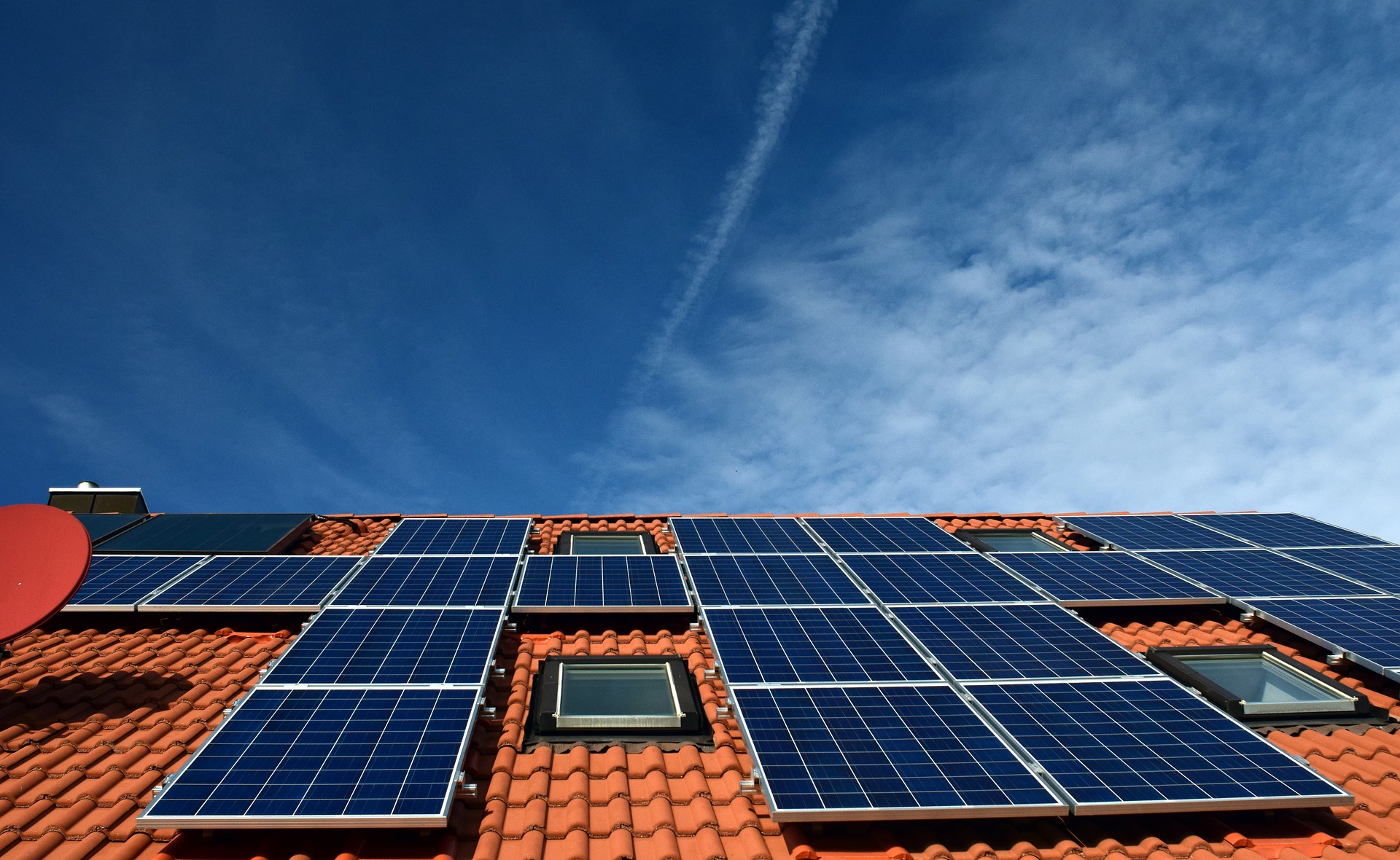It represents one of the most exciting innovations in solar energy
Global energy demand has experienced consistent growth over the last few years, and by 2040, it is expected to increase by 60%. This rise in added demand has been met not only by fossil fuels, but by renewable energy sources, which actually contribute to around 25% of the energy requirement globally, a number that is only set to grow.
Since the invention of the first working solar cell, there have been numerous significant innovations in solar technology, which have led to a broad adoption of solar power systems around the world. Consistent innovations, price drops and an increasing demand for clean energy has also led to heavy installation of utility scale commercial solar plants. These have been developed to drive a higher efficiency and energy output from solar systems.
Within these plants, each solar system is comprised of multiple components — such as PV cells, batteries, and panel holding equipment — all of which need consistent monitoring to ensure optimal performance and output. If solar companies cannot access data on grid tiered panels, they could be at risk of missing vital system errors or any issues with the storage facilities, which ultimately means they could lose out on vast amounts of energy being stored and then sold. Therefore, there is a huge demand in the solar market for tracking capabilities that can go beyond traditional methods of tracking and analysing data and provide accurate and real-time information about solar systems.
The rise of the internet of things has created new opportunities for innovations within the solar installation and tracking market. Solar energy companies are now focusing on centralising the control of solar plants by using technologies that are being pursued as part of smart city initiatives such as the internet of things and cloud.
However, many of these devices rely on the connectivity of wifi to provide insights. If there is a lack of connectivity, everything from installation processes to receiving data can be slowed down. This also means that engineers have to spend additional time inputting wifi passwords and area network names (SSID codes), and managers have to allocate more time to ensure that the data they receive from the device is accurate.
In addition to this, using traditional cellular networks can cause similar issues. If a solar system is installed in a low connectivity area for a particular carrier, this will have huge ramifications for management and maintenance timings and accuracy. Engineers may have to battle with implementing local settings on the SIM, which would slow down the process of getting the panels up and running, and if there is a carrier outage, data becomes out of date and manual checks will have to be made to ensure the panels are running correctly.
With carrier agnostic SIMs, businesses can simply install the SIM at the point of manufacture and the device will be ready to use no matter where in the world it is deployed, no matter what the main carrier is in the area.
A carrier agnostic SIM means that solar companies can utilise multiple networks from one SIM and, consequently, switch networks in the event of an outage. Having this flexibility ensures that data collected from solar systems is as accurate as possible and that all data is updated in real time. In time critical applications, such as seasons with shorter daylight hours, this will mean that companies can monitor and manage panels in real time to ensure energy collection is as efficient as possible.
While the solar sector is set to boom in the coming years thanks to an increased consciousness around environmental issues, solar companies need to think strategically about their investment into tracking capabilities. While there will be an increased need to track energy storage as solar moves into bigger, commercial markets, the obvious choice of connectivity may not be the answer.
While wifi has been integral in moving the industry forward, it is no longer sufficient for the needs of solar companies. To maximise time in everything from installation to ongoing maintenance, solar providers need to implement solutions that drive efficiency and accuracy.
By Mohsen Mohseninia, VP of market development at Aeris

Be the first to comment on "Carrier agnostic cellular networks could lead to improved solar energy strategies"